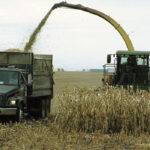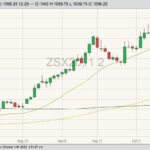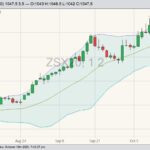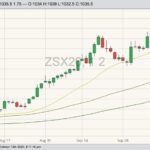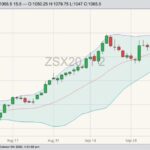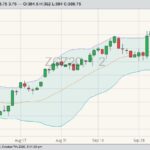After fighting ruts, mud, snow and spoilage last year, producers have welcomed a much smoother harvest for corn silage. Peter Gilbraith, of Gilbraith Farm Services in St. Claude, says his custom silage service has almost reached the end of their customer list for the year. “Yields are well above average,” he said. “We just didn’t



